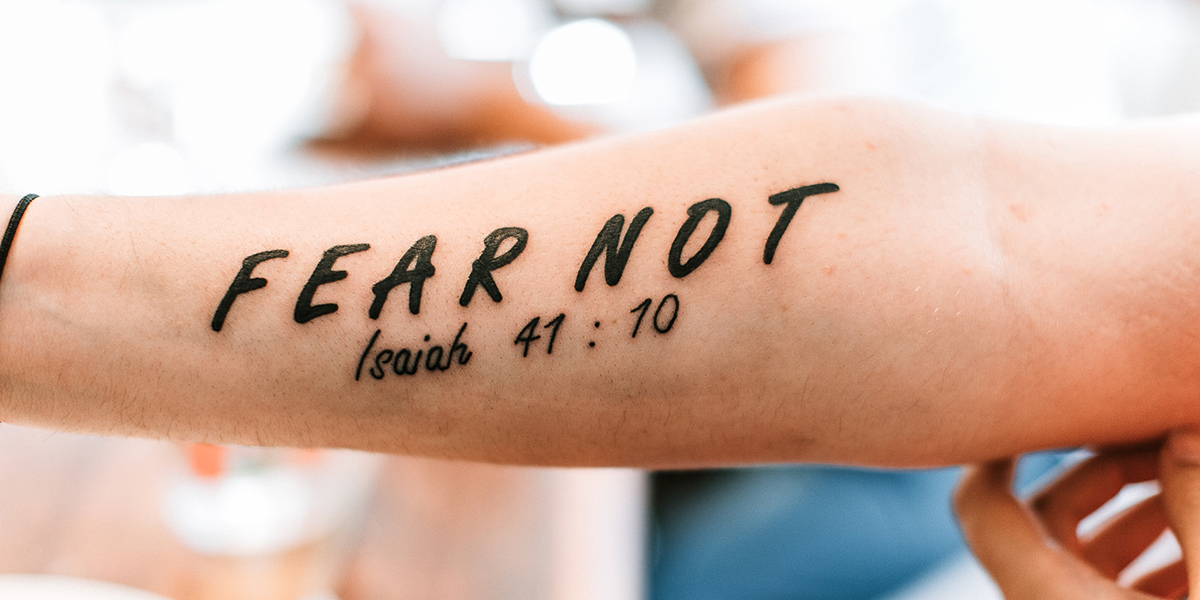Faith-centered tattoos the focus of one Baylor prof’s research

From sailors to motorcycle gangs, tattoos have long been a hallmark of rebellion, and a subtle indicator of someone outside the mainstream. But that stigma has eroded significantly in recent years, and today, it’s hardly surprising to see a tattoo on almost anyone. That’s what led Baylor sociology professor Kevin Dougherty to consider what tattoos say about our outward personalities and our inward spiritual lives.
Dr. Dougherty chose to focus his research on college students, investigating what their tattoos said about their faith and spirituality. The study revealed a significant number of chosen tattoos were religious in nature. One in five subjects surveyed had something of a spiritual nature, with men opting for that subject more often than women. There were surprises in the variance of tattoo size, as well. While most religious tattoos on women were small and easily hidden, men generally opted for larger ones.
But the curiosities did not stop there, as tattoo placement also had something to say about each of subject.
“An interesting discovery in our research is that the religious tattoos of college students are more likely than non-religious ones to face inward, toward the owner,” explains Dougherty. Rather than broadcasting pride, the spiritual tattoos served more as reminders to their owners of what it is they believe in. It should come as no surprise that the most common spiritual tattoo among all cross-sections was the most meaningful to those of the Christian faith — namely, the cross.
“While any visible tattoo is a public proclamation, tattoos oriented toward the owner represent a personal reminder of identity or affiliation. In this way, religious tattoos are personal but not private. They may encourage individuals to live in accordance with their religious beliefs,” says Dougherty.
These observations may contribute to the increased social acceptability of tattoos, but diving into the data reveals psychological and emotional expressions that go far beyond indicating some kind of rebellion against the norm. Instead, in many cases, they reinforce people’s spirituality, a far more welcome dynamic.
Paired with the increased popularity of tattoos among university-age adults, Dougherty’s research shows definitive trends and patterns among students, but opens up greater questions for the larger population. What manner of tattoos do people outside the studied group get? What are their reasons for deciding to get ink? Do old views that are more judgmental of tattooed people persist?
Future studies could dive deeper into such questions.
Sic ’em, Baylor researchers!

